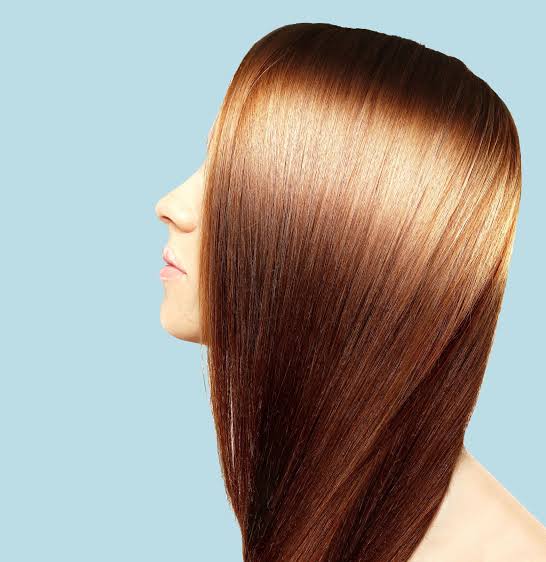How To Care For Asian Hair In Hot And Humid Weather 2021
How To Care For Asian Hair In Hot And Humid Weather 2021

+5How To Care For Asian Hair In Hot And Humid Weather 2021
Let’s face it: the rationale why you’ve clicked on this text is that you’re uninterested in falling victim to the city’s notorious humidity within the sort of tangled, frizzy hair. In fact, a bit like how Asian skin types are often different from their Western counterparts, Asian hair also has its own set of unique challenges and concerns that are often overlooked when it involves developing an efficient hair care routine.
To give you a far better understanding of the characteristics of Asian hair and the way we will best look after our unique hair strands, we speak to Andrea Clark, the Artistic Director and Resident Trichologist of The Mandarin Salon at Mandarin Oriental, Hong Kong. Here's her expert advice on the way to keep our healthy and smooth in humid climates.
Are there any general characteristics which will be attributed to Asian hair? In what ways are they different from other hair types?

Before we delve into the attributes of Asian hair, we'd like to first understand the notion of hair growth cycle—something people might overlook when trying to know and solve their hair problems.
The hair growth cycle consists of three phases: anagen (growing phase), catagen (transition phase) and telogen (resting phase). various factors like genetics, nutrition and health would affect the length of the anagen phase, so one could enter the resting stage and knowledge thinning hair problem sooner no matter age.

Compared to other ethnic groups, the anagen phase is usually longer for Asians, where Asian hair can get older to 7 years before shedding begins. What also makes Asian hair unique is that the hair strands are perfectly round in cross-section, which is extremely different from Caucasian hair strands which are oval in shape. Asian hair also features a larger diameter, meaning it can grow longer and stronger than other hair types. However, once the individual begins to experience the ageing process, the diameter of the strand would decrease over time, thus resulting in thinning hair.

What are some common hair problems that Asians face?
There’s been a rise within the number of Asian women who encounter hair thinning problem at a young age in recent years. aside from genetics, lifestyle factors can contribute to the problem—think extreme crash diets (or protein malnutrition), stress and hormonal imbalance.

My colleagues also discovered that the majority of the Asian customers who came to our salon for hair treatments are experiencing scalp issues (such as dandruff and itchy scalp) lately , thanks to infrequent shampooing. This phenomenon are often attributed to at least one of the foremost common misconceptions about hair care: the more frequently you wash your hair, the more hair you'll lose. It’s time to place this myth to bed. Shampooing simply cleanses the build-up of old oil on your hair and stops your strands from becoming greasy and smelly, keeping the hair follicles and therefore the scalp clean, healthy.
How often should we shampoo and what's the simplest water temperature for a hair wash?
We shouldn’t be afraid to shampoo our hair a day and after a sweaty workout. Washing hair isn't as simple as you thought, and therefore the way how you shampoo are often the difference between an honest hair day and a nasty one. Here are the essential steps to scrub your hair the proper way:

1. Wet the hair thoroughly with warm water and pour the shampoo into your hands instead of on top of the top . (You can use warm, cool or cold water—it is entirely up to the individual. Just not too hot as that's not good for your skin or hair.)

2. Lather but don’t scrub the hair or pile it on top of the top , just massage the scalp gently and let the suds do the work.

3. Rinse thoroughly with warm water. Repeat shampooing if necessary.

4. Apply conditioner to the mid-lengths and ends. Conditioner is extremely important for maintaining healthy hair, because it helps to shut and tighten your cuticles to scale back frizz. (Hot, warm, or steamed water may swell and slightly raise the cuticle but cold water won't close it. That’s the work of the conditioner to assist smooth or close the cuticle.)

5. Detangle the hair with a good comb or fingers gently and do the ultimate rinsing again with warm water.
Another misconception that a lot of people have is that shampooing daily will strip the hair of its natural oil. You don’t need to worry that as your scalp would naturally and constantly producing sebum—a natural oil secreted by the sebaceous glands attached to every of your hair follicles.



Comments
Post a Comment